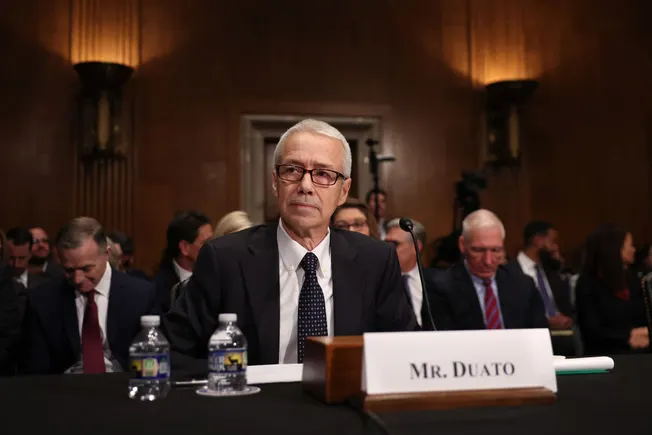manufacturing, Narasimhan said the company is prepared to navigate any potential disruptions that may arise from tariffs. He emphasized that Novartis has a diversified global supply chain and is constantly evaluating ways to optimize it for efficiency and resilience.
Overall, Big Pharma CEOs are taking a measured approach to the current economic landscape, balancing the need to address potential tariff impacts while continuing to invest in innovation and growth. By focusing on strategic investments in manufacturing, inventory management, and engaging with government officials, these companies are positioning themselves to weather any storms that may come their way.
The Swiss manufacturing company is focusing on growth in the European biopharma industry, highlighting the pricing challenges faced in the region. CEO Pascal Soriot of AstraZeneca also raised concerns about the disparity in healthcare budget allocation for innovative medicines in Europe, emphasizing the need for increased investment in pharmaceutical innovation.
Soriot sees the opportunity for other parts of the world to align drug prices closer to those in the U.S., allowing for better access to innovative drugs. He urges wealthier European countries to contribute more to innovation, similar to their contributions to defense spending.
Merck, on the other hand, has been restructuring its supply chain to mitigate the impact of tariffs, with CEO Rob Davis noting the company’s efforts to keep each region separate and discrete. Despite facing tariff effects of around $200 million, Merck remains optimistic about the future as it continues to optimize its supply chain.
Pfizer’s CEO, Albert Bourla, expressed cautious optimism about weathering the tariff storm by engaging in discussions with the Trump administration. He believes that sector-specific levies would be detrimental to both businesses and national security, and is working towards finding solutions to mitigate these potential risks.
Overall, the pharmaceutical industry is navigating through challenges related to pricing, tariffs, and market dynamics. Collaboration between companies and regulatory bodies will be crucial in addressing these issues and ensuring continued innovation and access to essential medicines.


